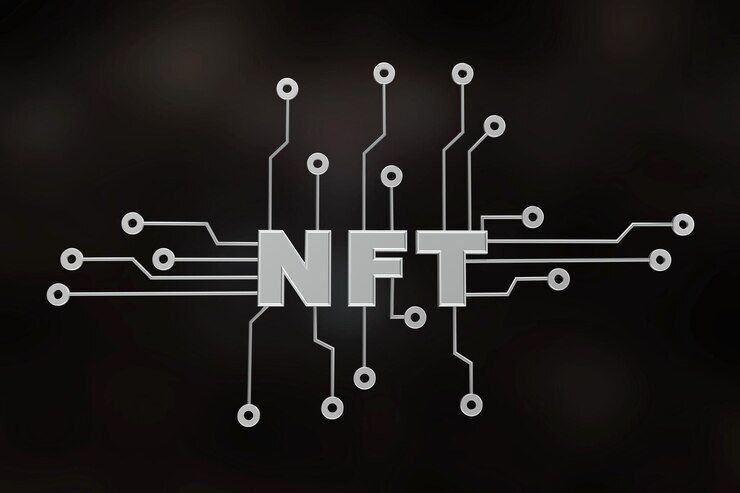You might have heard about crypto exchanges where crypto trades are flooding irrespective of market conditions. But what about NFT exchanges? If you wonder about people in Web3 wanting to build NFT exchanges, you might not be alone. NFT exchanges are another name for NFT marketplace platforms, which basically allow trading and exchanging NFTs for crypto tender. Now that the surprise and a long-time doubt are getting broken, you should learn about building such NFT exchanges (obviously, it is marketplaces that we will be talking about!).
NFT exchanges are marketplace platforms where people buy, sell, and exchange assets backed by non-fungible tokens. These platforms can be based on generic/horizontal trading or niche/vertical trading, with each model having perks and limitations. Examples of popular NFT exchange markets include OpenSea, Solsea, Magic Eden, Rarible, Jump.trade, Sorare, and Nifty Gateway. These platforms saw peak trades occur during the 2021 NFT surge when some of these virtual tokens sold for millions of dollars. Such popularity resulted in many startup enthusiasts wanting to build NFT exchanges for their businesses.
The process of building an NFT exchange depends on the technological solution employed. One can opt to program their platform from scratch or a customizable White label solution. As usual, the steps of planning, designing, developing, and testing the platform are present, with subtle variations between the two preparation models. Irrespective of the nature of NFT exchange development, it is important to promote the platform using various proven marketing strategies to garner an initial user base consisting of creators and fans. It is also necessary to update the NFT exchange platform often to keep up with user traffic, market trends, and new defects.
Features present in an NFT exchange marketplace platform include a storefront, built-in crypto wallet, search engine, listing portal, auction portal, instant notifications, ratings and reviews, shopping cart, and payment gateways. These are vital user-end components of such platforms, which are beneficial to make them viable business models. The efficiency brought by these elements depends on the back-end integration works done during development.
One of the advantages of building NFT exchanges is that these platforms can help more people get on board the Web3 experience. Marketplace platforms tend to be the first point of contact for newbie NFT creators and enthusiasts, and platforms with good business models can surely be appealing to anyone. Also, NFT exchanges thrive on the security and transparency of blockchains. This makes digital theft of NFT assets impossible and attempts to make changes can be seen publicly across the network. Additionally, NFT exchanges can be advantageous for creators as most offer royalty features that enable them to earn passive income on secondary trades.
Therefore, if you want to build an NFT exchange as a business in today’s Web3 world, you are in for a treat as the NFT market is expected to grow in the coming years. For help in platform development, consider working with an experienced NFT exchange development firm with a customer-centric approach.



Top comments (0)